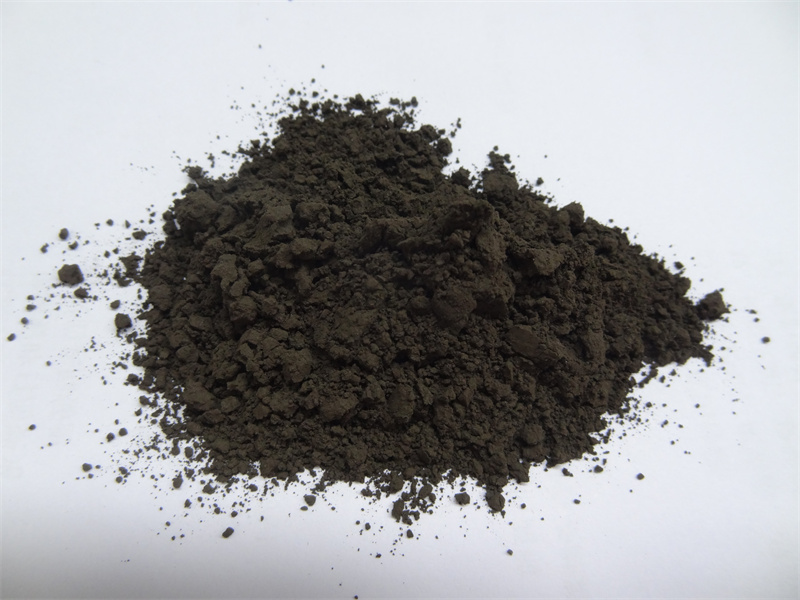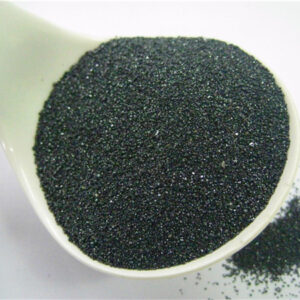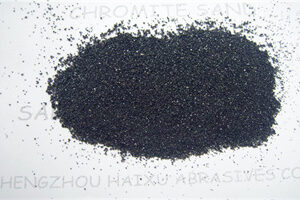How to choose the right chromite flour for glass making

When choosing chromite flour, glass factories need to consider the following key factors comprehensively to ensure product performance and production efficiency:
1. Chemical composition requirements
Cr₂O₃ content: Prioritize high-purity products with Cr₂O₃ content ≥46% to ensure stable coloring effect.
Impurity control: Pay attention to the content of impurities such as iron oxide (Fe₂O₃) and silicon dioxide (SiO₂) to avoid affecting the light transmittance and chemical stability of the glass.
2. Physical property matching
Particle size selection:
325 mesh/400 mesh: Suitable for fine coloring needs such as glass tableware and containers to ensure uniform color.
200 mesh: Can be used in scenes with low dispersion requirements.
Thermal stability: It is necessary to have the characteristics of stable volume under heating to avoid deformation or chemical reaction at high temperature.
3. Application scenario adaptation
Color matching: Chromite flour is mainly used for green or brown glass products (such as wine bottles and tableware), but cannot be used for flat glass coloring.
Process compatibility: It needs to match the process parameters of molten glass (such as temperature and viscosity) to avoid affecting the production process.
4. Suppliers and cost-effectiveness
Raw material source: Chromite flour imported from South Africa is one of the preferred raw materials due to its high Cr₂O₃ content and stable quality.
Cost-effectiveness evaluation: On the premise of meeting quality requirements, comprehensively compare the particle size specifications, prices and long-term supply capabilities of different suppliers.
5. Quality verification and testing
Laboratory testing: Verify product compliance through chemical analysis and particle size distribution testing.
Small batch trial production: Test the coloring effect and process stability in actual production, and then expand the procurement scale.
Through the above multi-dimensional evaluation, glass factories can screen out chromite flour raw materials that can meet product performance requirements and are economical.




















